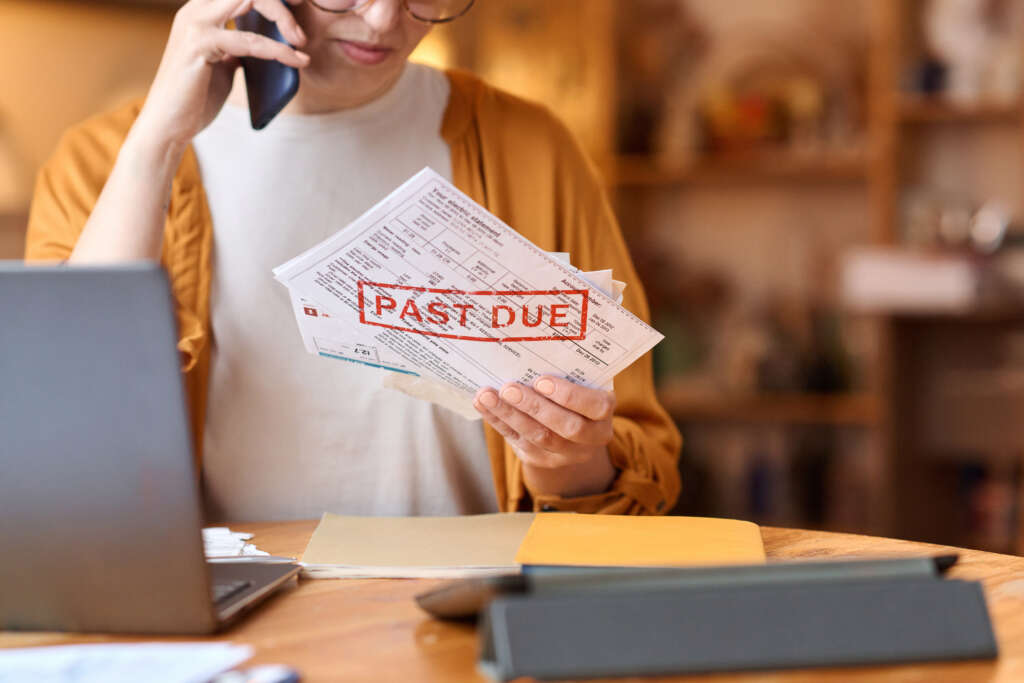How to Get Help Paying Internet and Cable Bills
Share This Article
Your monthly internet and cable bills don’t have to drain your budget. Several assistance programs and smart strategies can slash your costs by $10 to $75 monthly, keeping your family connected without draining your budget.
Government Programs That Work
Lifeline Program: $9.25 Monthly Discount
The Lifeline program provides up to $9.25 off your monthly phone, internet, or bundled service. You can apply this discount to landline, cell phone, or internet service – but only one per household.
To qualify, your household income must be at or below 135% of federal poverty guidelines, or you participate in programs like:
- SNAP (food stamps)
- Medicaid
- Supplemental Security Income (SSI)
- Federal Public Housing Assistance
- Veterans pension benefits
Apply at lifelinesupport.org/do-i-qualify or call 1-800-234-9473. You’ll need documentation like a benefit letter or recent pay stubs.
Internet Provider Low-Income Programs
Xfinity Internet Essentials: Best Value Option
Xfinity Internet Essentials offers internet service for $14.95 monthly with speeds up to 75 Mbps, or $29.95 monthly for up to 100 Mbps. The program includes free equipment, no installation fees, and no credit check required.
You qualify if you participate in:
- National School Lunch Program
- SNAP (food stamps)
- Medicaid
- Housing assistance programs
- WIC
Apply at xfinity.com/learn/internet-service/internet-essentials/apply or call 1-855-846-8376. You can also purchase a Dell laptop or Chromebook for just $149.99 plus tax once enrolled.
Spectrum Internet Assist: Solid Alternative
Spectrum offers Internet Assist for $25 monthly with 50 Mbps speeds. Qualifying New York residents can get it for $15 monthly. This includes a free modem and no data caps. Seniors age 65+ who receive Supplemental Security Income automatically qualify.
Apply at spectrum.com/internet/spectrum-internet-assist with documentation of your qualifying program ready.
Other Provider Options
AT&T, Cox, Mediacom, and Xfinity all offer low-income internet for about $10-15 per month. Contact these providers directly to check availability in your area.

Smart Strategies to Lower Cable Bills
The Customer Retention Approach
Call your cable company and mention you’re considering canceling due to cost. Many providers have customer retention departments with exclusive discounts not advertised publicly. Be polite but firm about needing a lower rate – you might get offered free premium channels, reduced rates, or waived fees.
Bundle Wisely
Sometimes bundling internet and basic cable costs less than internet alone during promotional periods. However, read the fine print carefully since promotional rates often increase after 12 months. Ask specifically what your rate will be after any promotional period ends.
Come Prepared to Negotiate
Research competitor pricing before calling. If another provider offers a better deal, mention it – cable companies would rather match a competitor’s price than lose customers. Ask about loyalty discounts or current promotions you might be missing.
Free and Budget-Friendly Alternatives
Over-the-Air TV: Completely Free
A basic digital antenna ($20-50 at major retailers) picks up networks like ABC, CBS, NBC, FOX, and PBS with no monthly fees. You’ll get local news, sports, and prime-time shows.
Streaming Services Worth Considering
If you’re ready to ditch traditional cable:
- Philo: $25 monthly for 60+ channels
- Sling TV: Starting at $40 monthly
- Pluto TV: Free with ads
- Local channel apps: Many offer free programming online
Special State Programs
New York’s Affordable Broadband
New York’s Affordable Broadband Act requires ISPs to provide $15 monthly internet plans for speeds up to 25 Mbps or $20 monthly for speeds up to 200 Mbps to qualifying low-income residents. If you live in New York and qualify for SNAP, Medicaid, or free school lunch, this could be your best option.
What You’ll Need to Apply
Most programs require proof of income or participation in qualifying assistance programs. Gather these documents beforehand:
- Current benefit award letters
- Three recent pay stubs
- Last year’s tax return
- School lunch program enrollment letter
- Medicaid or SNAP card
Getting Started Today
Don’t let paperwork discourage you – these programs exist to help working families stay connected. Start with your current internet provider’s low-income program, then apply for Lifeline as an additional discount. Even saving $20-30 monthly adds up to $240-360 yearly.
Remember: you’re using programs your tax dollars help fund. Take advantage of every legitimate opportunity to reduce these essential bills and free up money for other family priorities.


